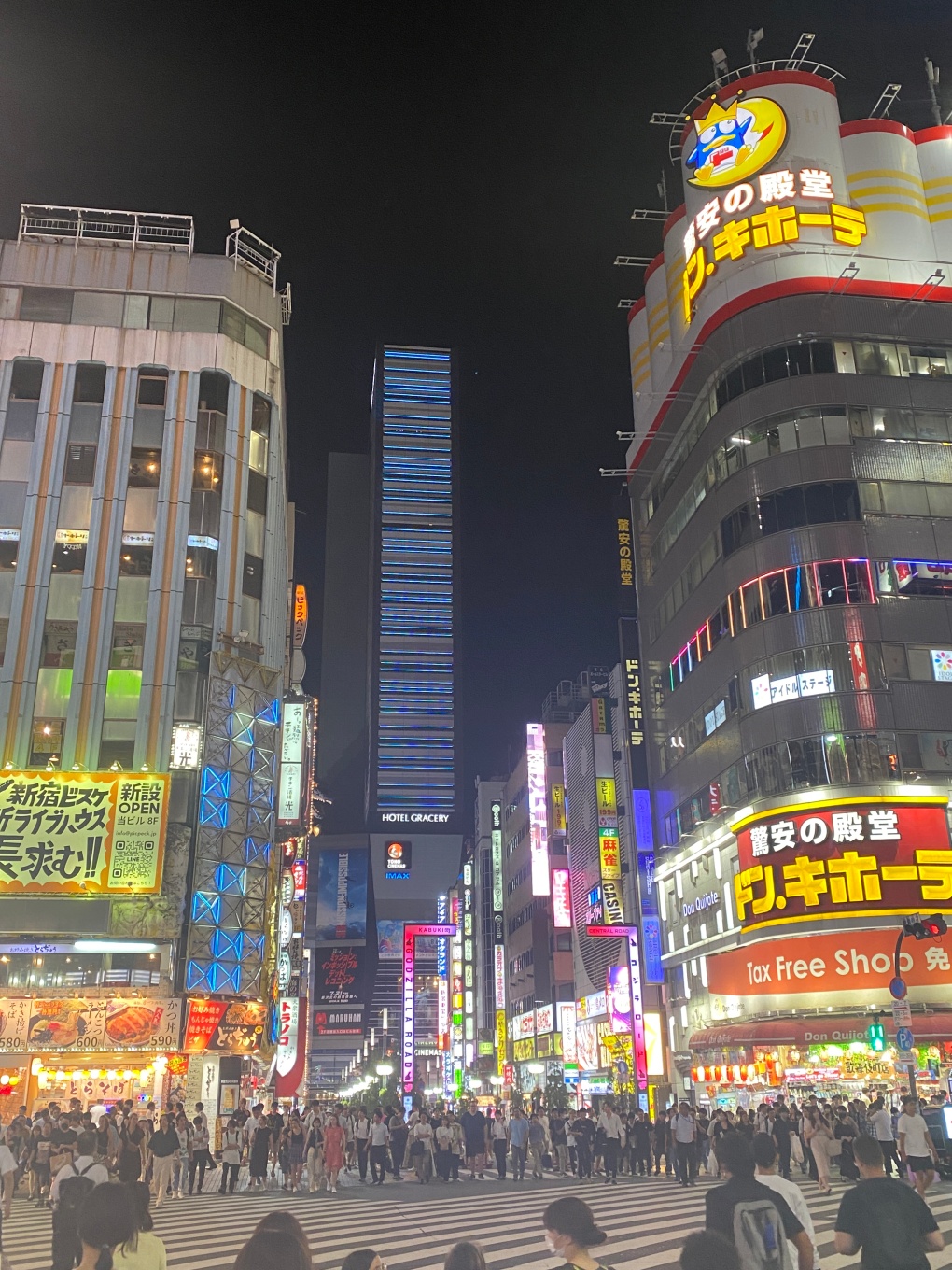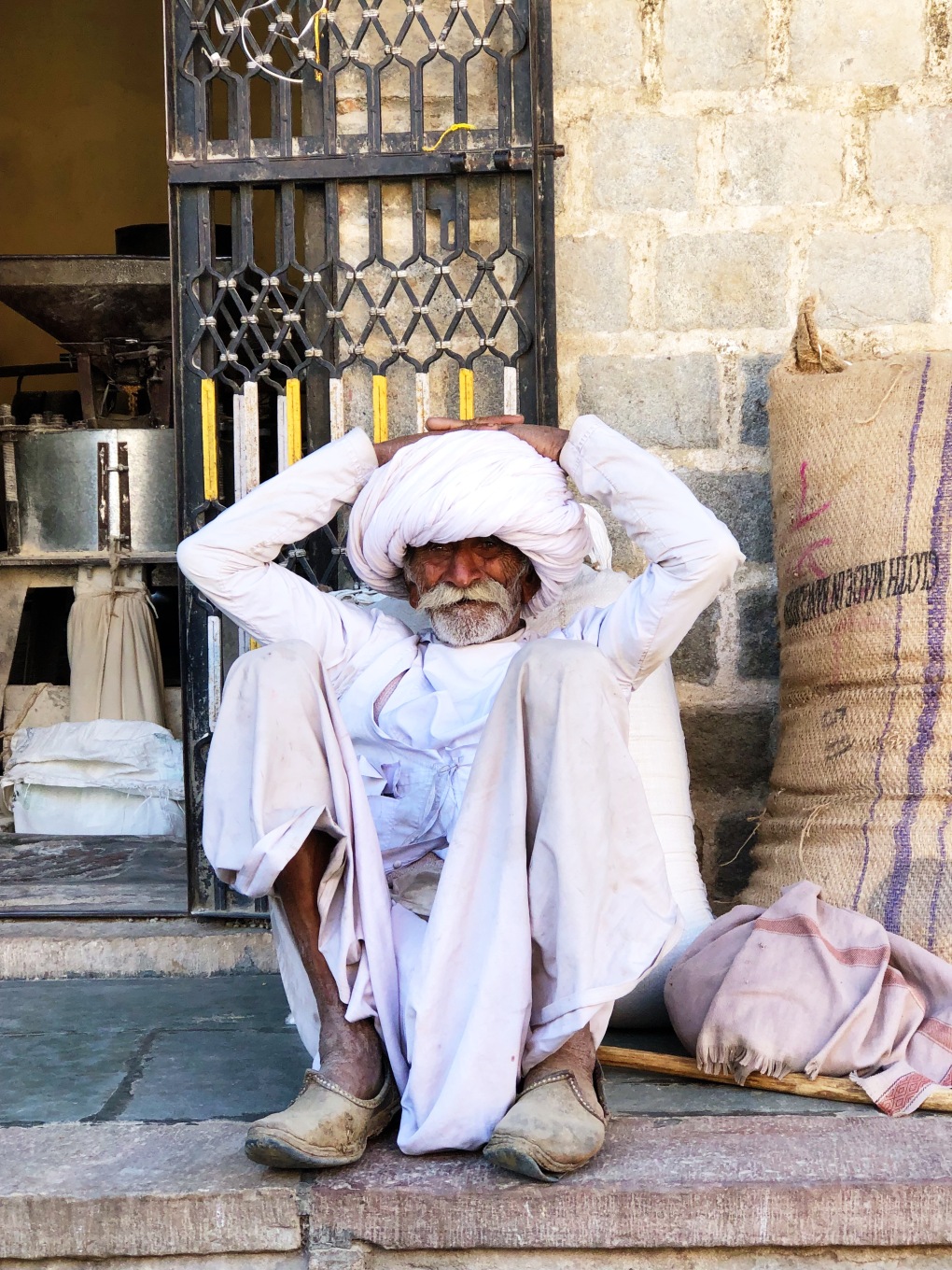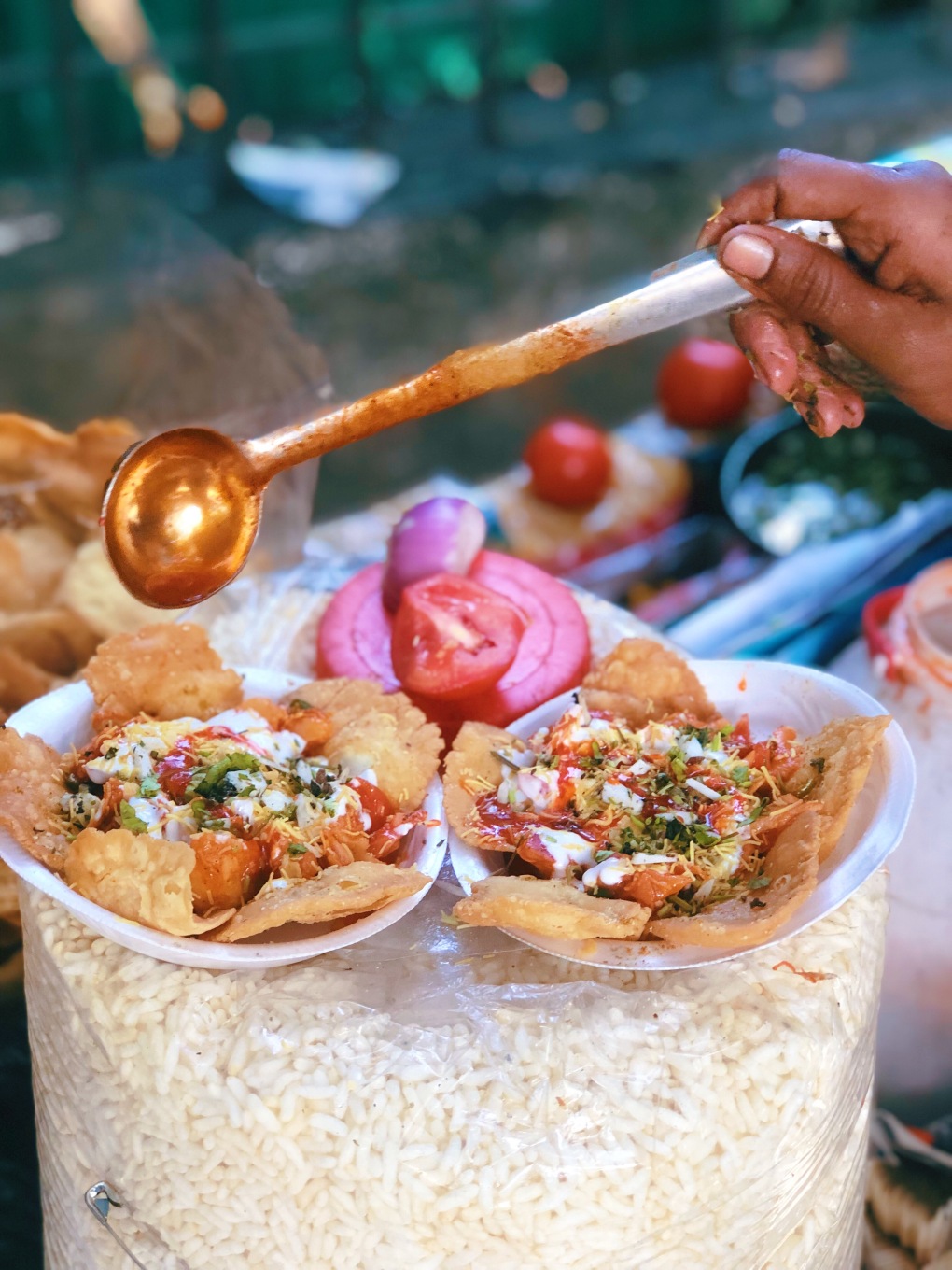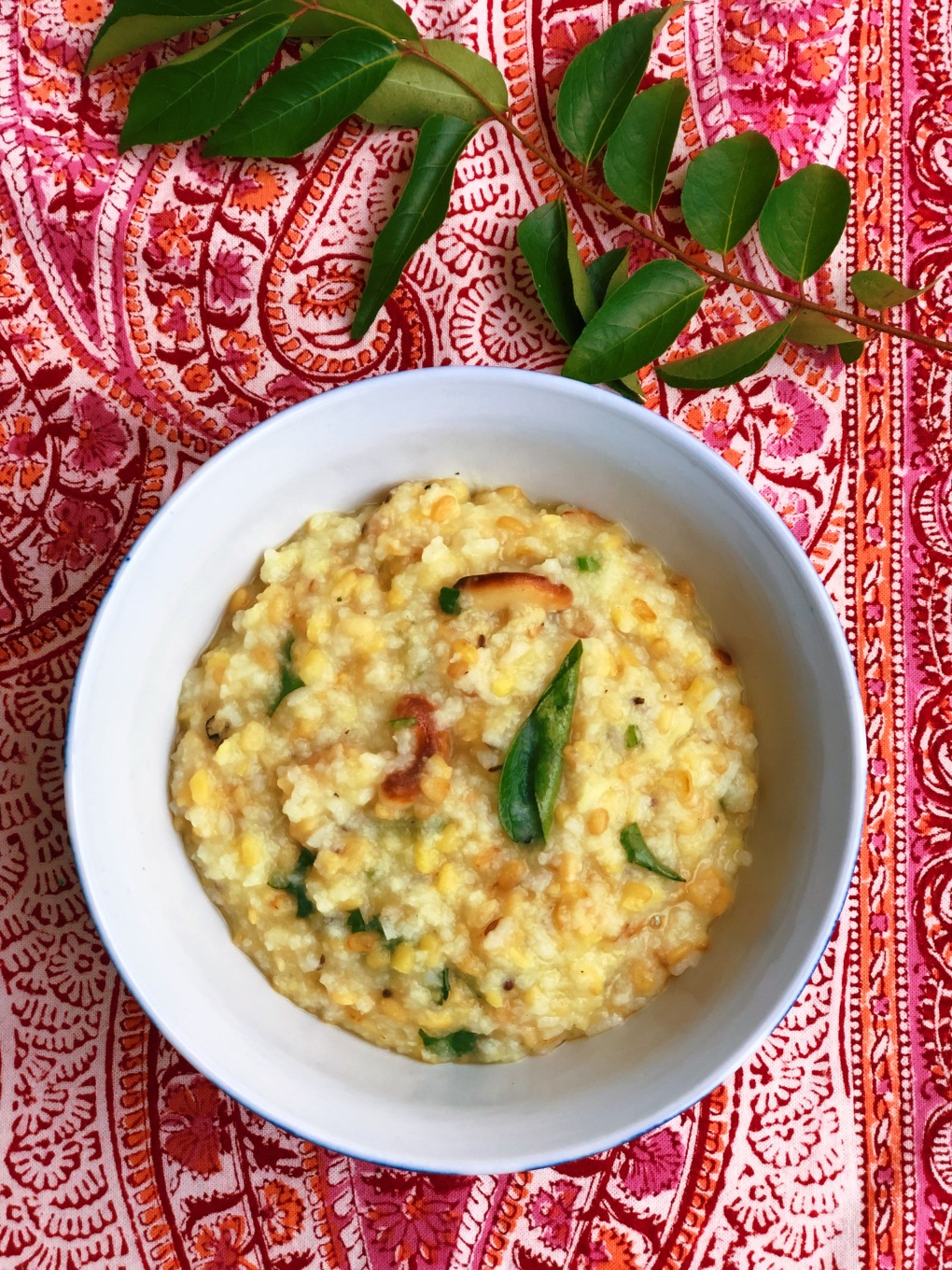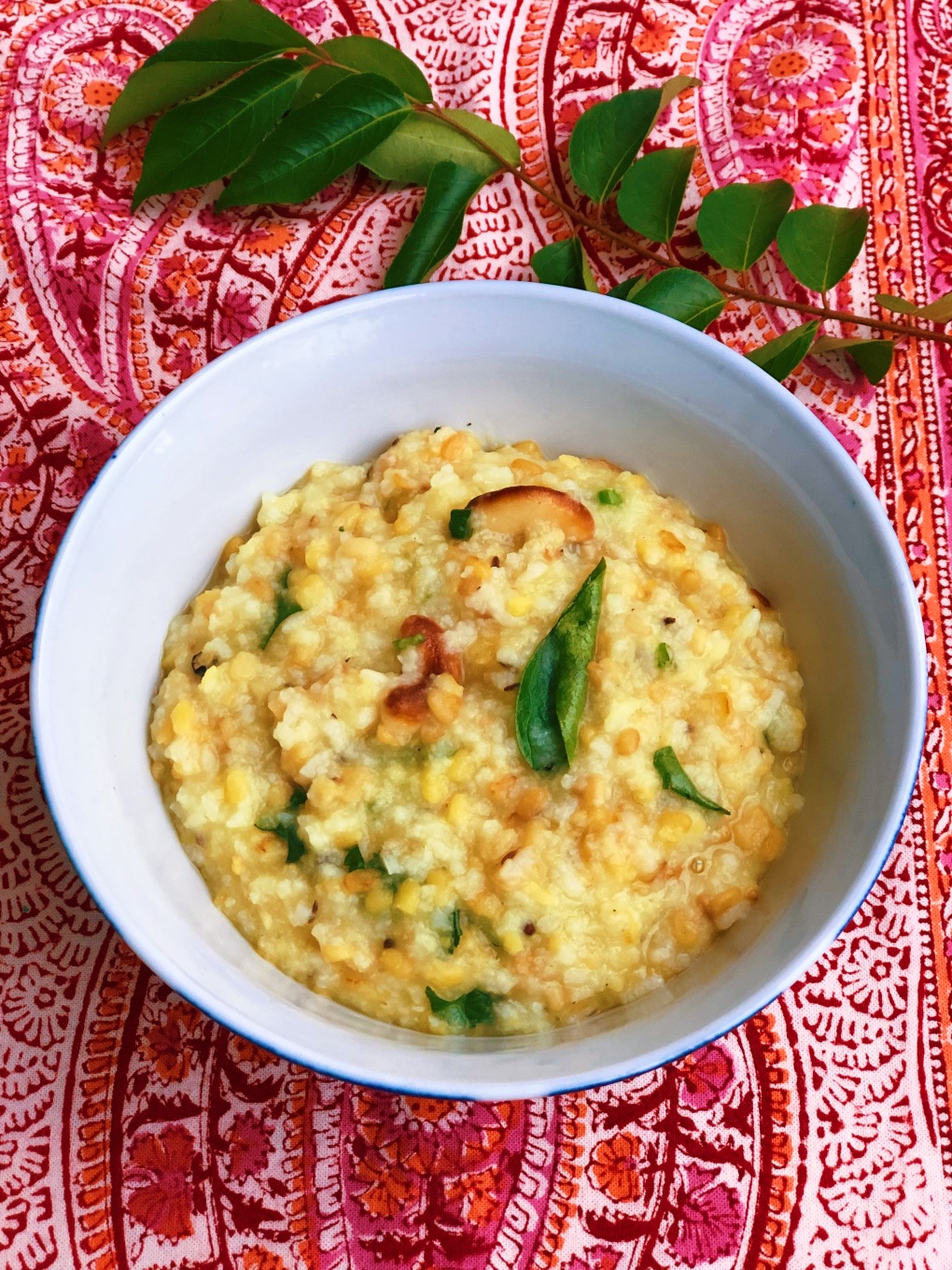
I was recently in New York and spent a lot of time on my feet, pounding the pavements to see the sights and explore – clocking up over 80 miles in a week. I have been to New York many times before, both for pleasure and business, but this time it was definitely pleasure and I had the whole family in tow. My last trip I posted a post here – so take a look if you are planning a trip. Here are some of my suggestions on things to do in the city that never sleeps.

- Intrepid Sea, Air and Space Museum
Ok, before you switch off and give up on my suggestions before they have begun, let me just say this. This museum completely knocked us for six, it’s brilliant. My girls (12 and 8 yrs old) LOVED it and my husband and I were equally absorbed. It was so interesting in fact that we left if at lunch time to grab something to eat to then returned for another session after lunch. The museum is on the aircraft carrier USS Intrepid and the cruise missile submarine USS Growler, both of which are fascinating to explore. In addition they showcase a Concorde SST, a Lockheed A-12 supersonic reconnaissance plane and the Space Shuttle Enterprise. It was all quite overwhelming to have all these things in one place.
It is located at Pier 86 at 46th Street in the Hell’s Kitchen neighboured on the West Side of Manhattan.
 yes it snowed when we were there can you believe it……kind of pretty with the blossom, in a surreal way!
yes it snowed when we were there can you believe it……kind of pretty with the blossom, in a surreal way!

2. The Met
An obvious choice I know, but my goodness the place is fascinating. Focus on one of two periods and then absorb yourself in these rooms. It is based in the Upper East Side just by Central Park. After visiting the Met you could pop into another of my favourite galleries The Frick, which I mentioned about here.

3. The Tenement Museum
Try and book tickets before you arrive in New York for one of their tours as they sell out fast. The museum is interactive in many respects and focuses on Americas urban immigration history. There are a number of tours which allow visitors to view restored apartments from the 19th and 20th centuries, walk the historic neighborhood, and interact with residents to learn the stories of generations of immigrants who helped shape the American experience.
Based on Orchard Street on the Lower East Side.

4. Katz Deli
Close by to the Tenement Museum so a great place to go for lunch if the timing works. This kosher style Jewish deli has got to be one of the oldest in town – first serving customers in 1888. Tourist and locals equally adore the fanfare that goes into making their sandwiches. The portions are epically huge so order one sandwich between two.
Located at 205 East Houston Street, on the southwest corner of Houston and Ludlow Streets on the Lower East Side in Manhattan, New York City .

5. One World Observatory
There are a number of place in NY to get that birds eye view of the city, but One World Observatory is pretty impressive and worth booking tickets in advance online. If you manage to go up on a clear day you really do feel on top of the world. Whilst visiting the observatory, just near by are two pools – approximately 1 acre in size – of where the original twin towers stood before that fateful day on 9/11. Take time to pay your respects to those who perished and see the names engraved around the outside. Behind the memorial you will see the impressive Oculus building, designed by Spanish architect Santiago Calatrava to look like a dove in flight. Some critics have been rather harsh but I personally loved the structure. It is in fact a train station for the PATH train over to Jersey City and cost the grandiose sum of $4 billion to build over 12 years.
Based at 285 Fulton St

6. Nom Wah Tea Parlor and a walk around China Town
Book at table at Nom Was Tea Parlor, which has been serving dumplings to hungry New Yorkers since the 1920. There are a number of pleather booths (book one of those if you can), or tables scattered across the restaurant. Order the Xia Long Bao, which are called Shanghainese soup dumplings. It was raining cats and dogs when I visited so provided the perfect respite to warm up and fill our bellies with delicious dim sum.

After lunch have a wonder around Chinatown, which is a feast for the eyes. Mott and Grand street have a host of interesting food stalls, but stay south of Broome Street and east of Lafayette to get that real Chinatown experience. I managed to pick up a gorgeous Chinese teapot for my sister – so much so I returned and picked up one for myself a day later.
 Photo credit: @sahirschmann of Five Leaves
Photo credit: @sahirschmann of Five Leaves
7. Williamsburg, Brooklyn
Take some time to explore Brooklyn. As it is such a huge area, aim for Williamsburg which has a host of fabulous, shops, eateries and great street graffiti. Just walking the streets and soaking up the vibe will be interesting enough. There are some great places to stop for a coffee or a bite to eat.
Marlow and Sons – is regarded by some as ‘the best place to eat in the city’. It is great to stop for a snack or just a coffee or a more main meal for lunch or supper. It’s rustic, down to earth charm gives the place a genuine warmth and an enjoyable place to pass the time in good company. The American menu has an emphasis on fresh food and menus that change daily.
Five Leaves, based at Greenpoint, is another good option if you are after brunch with a hip crowd creating a nice buzz to the place.
If you love a bit of thrift/vintage shopping, those in the know head to Beacon’s Closet, which have a few locations, but one is a stones throw from Five Leaves.
 Photo credit: @reynardnyc of Wythe Hotel
Photo credit: @reynardnyc of Wythe Hotel
If you fancy staying in Brooklyn these hotels are worth checking out:
Wythe Hotel: 80 Wythe Avenue, Brooklyn, NY 11249; tel: 1.718 460 8000; rates from $300; www.wythehotel.com
right next door is: The Williamsburg Hotel: 96 Wythe Avenue, Brooklyn, NY 11249; tel: 1.718 362 8100; rates from $285; www.thewilliamsburghotel.com
1 Hotel Brooklyn Bridge: 60 Furman St, Brooklyn, NY 11201; tel: 1.718 631 8400; rates from $350; www.1hotels.com
Urban Cowboy: 111 Powers Street, Brooklyn, NY 11211; rates from $195; www.urbancowboybnb.com
McCarren Hotel & Pool: 60 N 12th Street, Brooklyn, NY 11249; tel: 1.718 218 7500; rates from $350; www.mccarrenhotel.com

8. Moma – the Museum of Modern Art
If you feel the urge for a modern art fix then Moma is definitely worth a visit. The Tarsila Do Amaral: Investing Modern Art in Brazil exhibition was on when we visited, but most of all we enjoyed admiring the permanent collection, including works by artists such as Henri Matisse, Claude Monet and Vincent Van Gogh.
18 West 54 Street

9. A browse around the East Village neighbourhood
We were staying in East Village so over the course of a week got to know a number of the eateries in the neighbourhood. Some evenings we ate in, stopping off at nearby Russo’s for some fresh pasta and sauces and the BEST fried artichokes, to take back to our apartment and devour. This Italian deli has been serving customers for over 100 years so is definitely worth a visit if you are in the neighbourhood.

Another must is to either eat in or order take out at Xian Famous Foods (which I recently discovered is about to open a branch in London). I ordered take out ‘spicy cumin lamb hand-ripped noodles, which were heavenly, but I could quite easily have ordered the whole menu.

A few streets away is an adorable little treasure trove of a shop, called Casey Rubber Stamps, owned by an affable Irish guy called John Casey, selling all manner of rubber stamps. It’s the type of place that you wander in and before you know it you end up buying quite a number of rubber stamps. They are great as gifts or to keep for yourself. It’s is so important to keep small business thriving so make sure you visit John’s store. My whole family loved it and spent time admiring the wide variety of stamps for sale.

For those who have been reading this blog for a while, you will know that I love Vietnamese food. Thankfully there is a great Vietnamese restaurant in the East Village called Hanoi House which is definitely worth a visit, if you are in the nighbourhood. Right next door to Hanoi House looked a rather good neighbourhood bar called Ten Degrees. and a little further down the street you will see a sign saying ‘Eat Me’. If you head into the door below this sign, you walk into a random hotdog vendor where you will find a telephone booth. You then have to enter and dial a number where you will be asked if you have a booking (make sure you do). Then the wall springs back and you enter the speakeasy. It’s called ‘Please Don’t Tell’ or ‘PDT’ for short. As we had our daughters in tow, we were unable to go in, but my sources tell me it’s a fun place to have a few cocktails and beers.

10. Visit Central Park
No visit to New York is complete without a stroll around central park – you can even hire bikes or take a horse driven carriage, although the latter might scream ‘TOURIST’ more than you would wish. It maybe good to combine it with a visit to The Frick, The Met or MOMA. If you are visiting over winter you can have a go on the ice rink and in spring and summer there is the option of the zoo. It’s also a great place to have a picnic and watch the clouds float overhead.
Whatever you decide to do, have fun, walk as much as possible and don’t feel you need to cross of everything off your list on your first visit. New York is a wonderful place to sit and watch the world go by. There are so many interesting characters that you’ll never have a dull moment.

SaveSave
SaveSave
SaveSave
SaveSave
SaveSave
SaveSave
SaveSave
SaveSave
SaveSave
SaveSave
SaveSave
SaveSave
SaveSave


